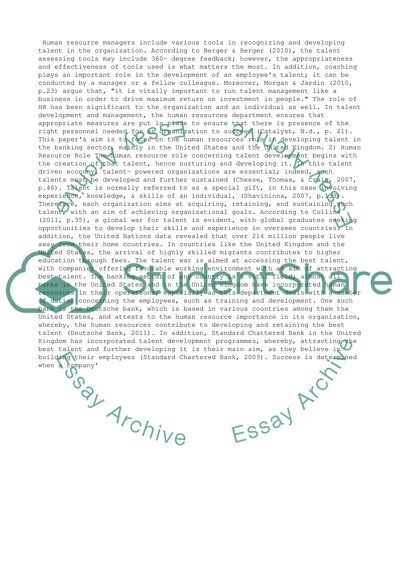Cite this document
(“Role of HR in developing talent at work in the banking sector (UK and Literature review”, n.d.)
Retrieved from https://studentshare.org/management/1433288-role-of-hr-in-developing-talent-at-work-in-the
Retrieved from https://studentshare.org/management/1433288-role-of-hr-in-developing-talent-at-work-in-the
(Role of HR in Developing Talent at Work in the Banking Sector (UK and Literature Review)
https://studentshare.org/management/1433288-role-of-hr-in-developing-talent-at-work-in-the.
https://studentshare.org/management/1433288-role-of-hr-in-developing-talent-at-work-in-the.
“Role of HR in Developing Talent at Work in the Banking Sector (UK and Literature Review”, n.d. https://studentshare.org/management/1433288-role-of-hr-in-developing-talent-at-work-in-the.


